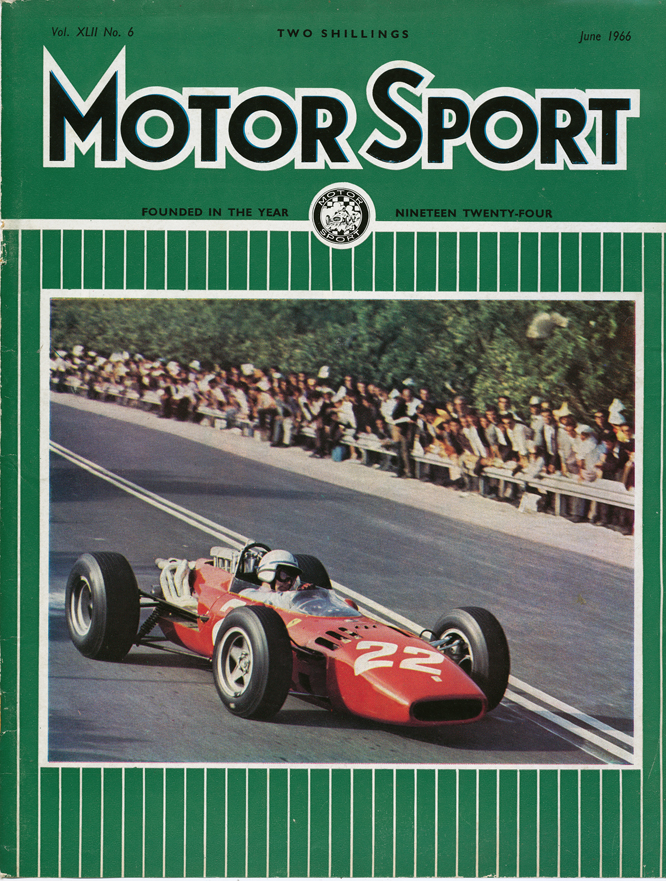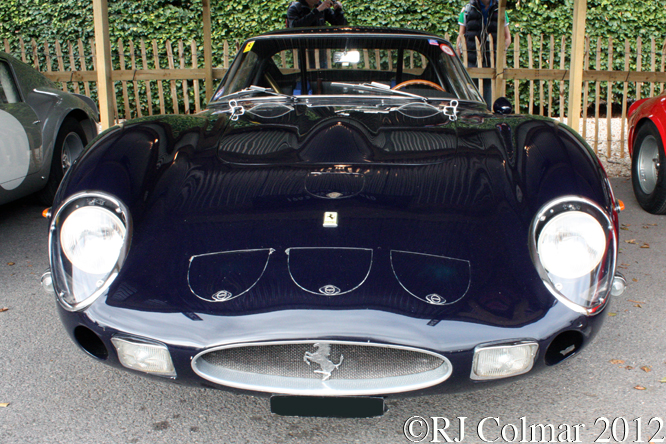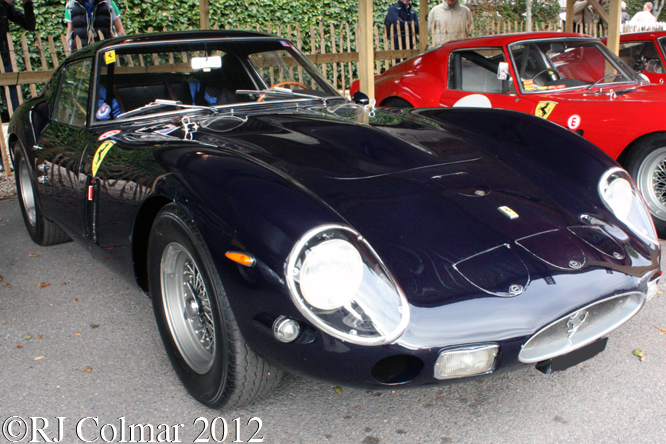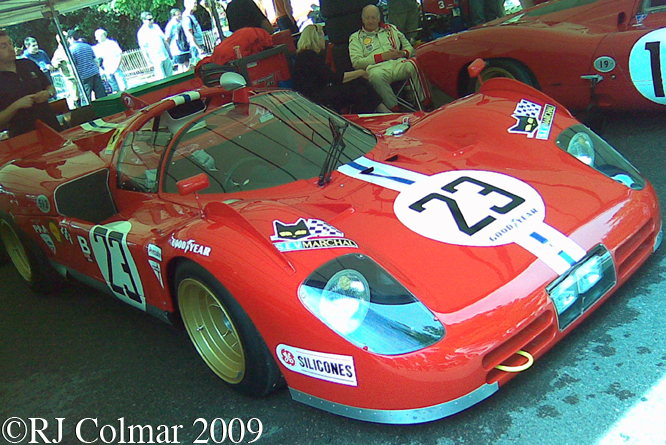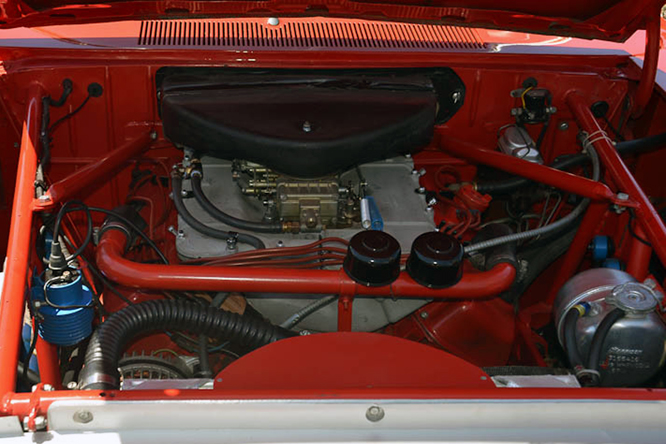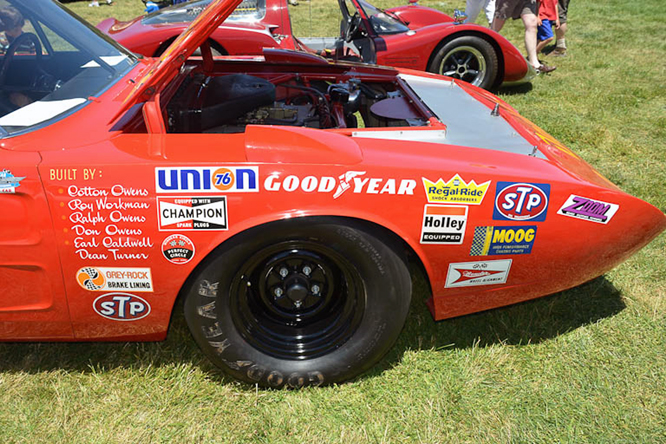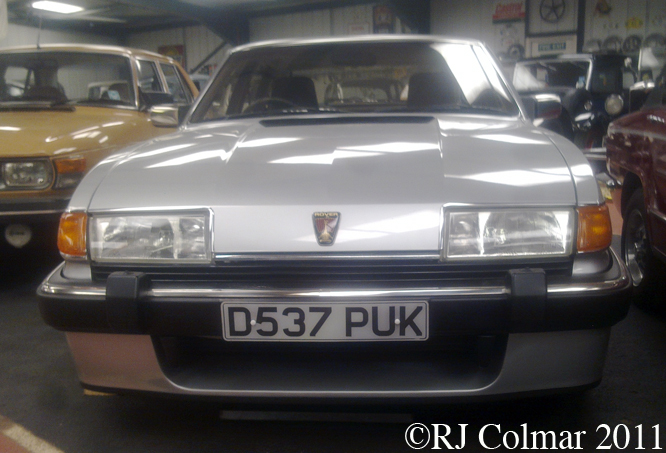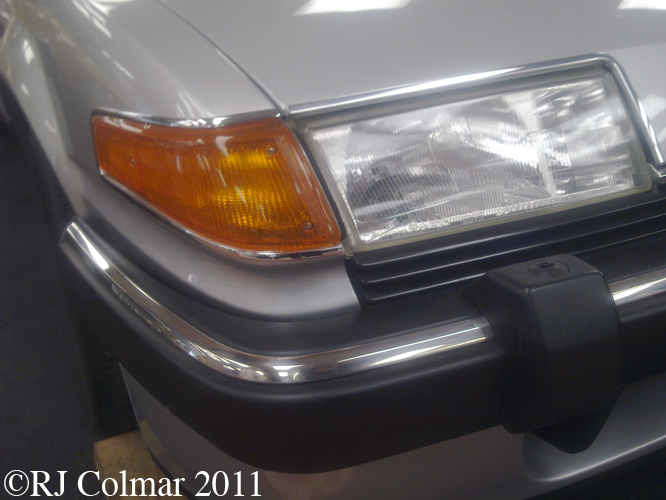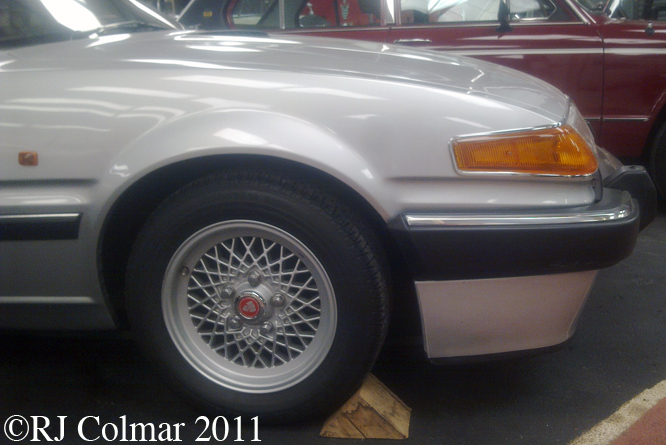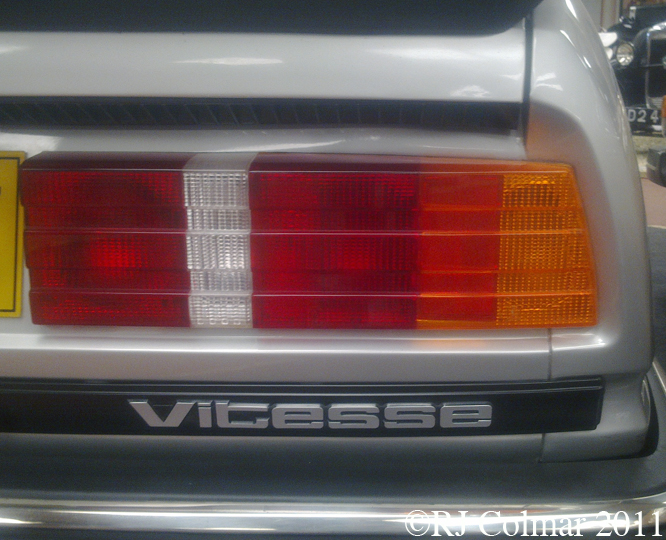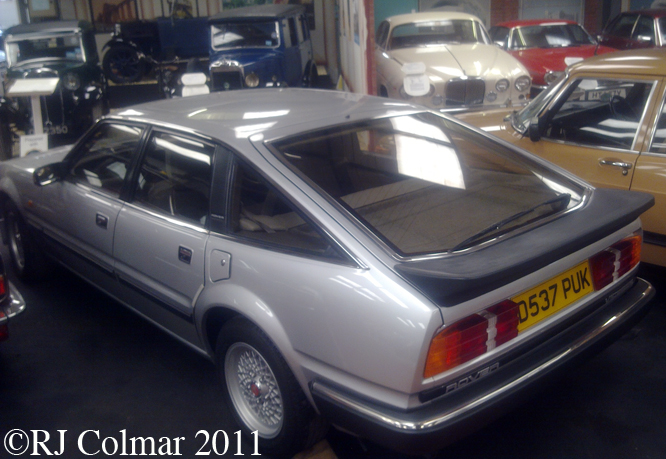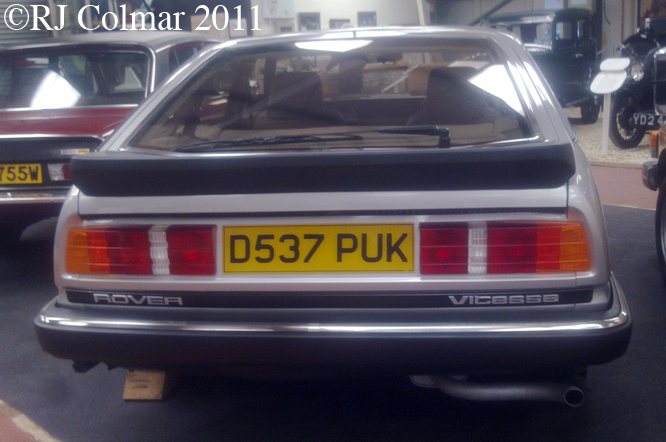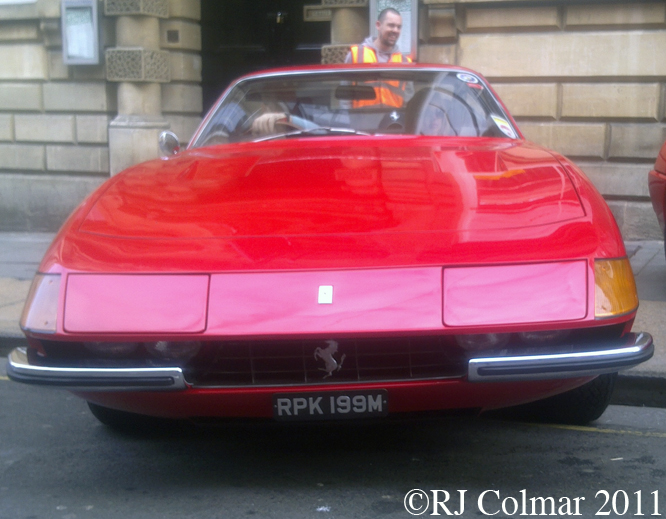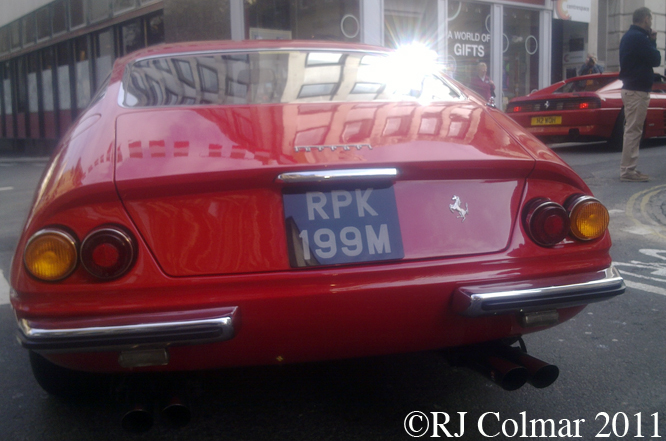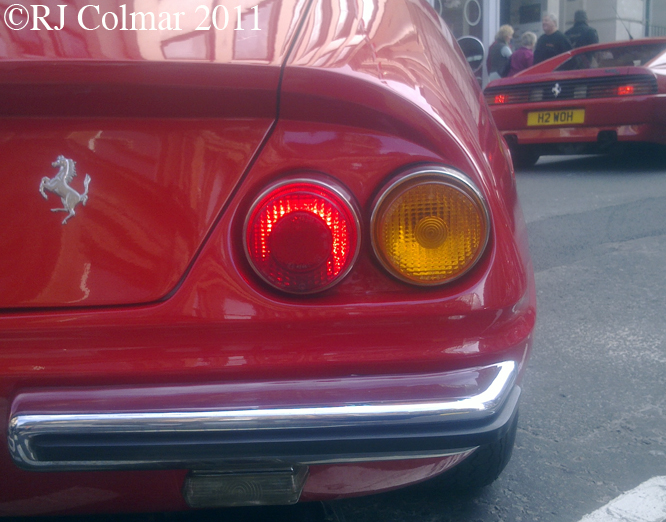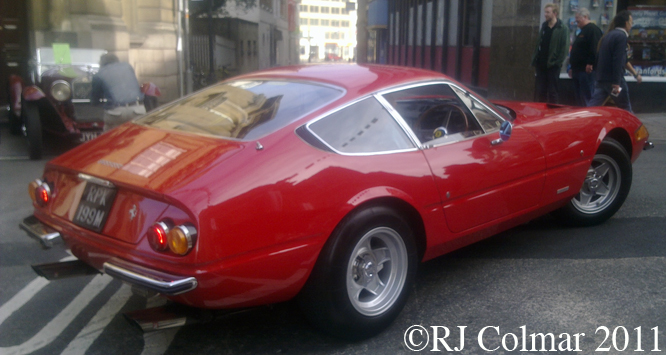With a world caravan speed record in his pocket set with his twin turbocharged Aston Martin ‘Muncher’ Robin Hamilton came to an agreement with Aston Martin Chairman Victor Gauntlet to enter a partnership to form Nimrod in 1981 which set out to build Aston Martin powered prototype Group C and GTP racing cars.
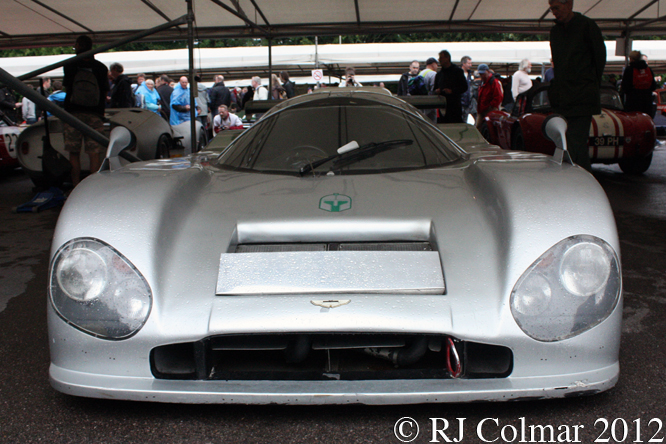
The design of the cars was credited to Eric Broadley, though I have always had my doubts about the extent of his involvement because the design does not feature ground effect aerodynamics that were de rigeur in Formula One and becoming rampant in prototype sports cars such as Eric’s contemporary Lola T600 Group C / IMSA GTP design shows.
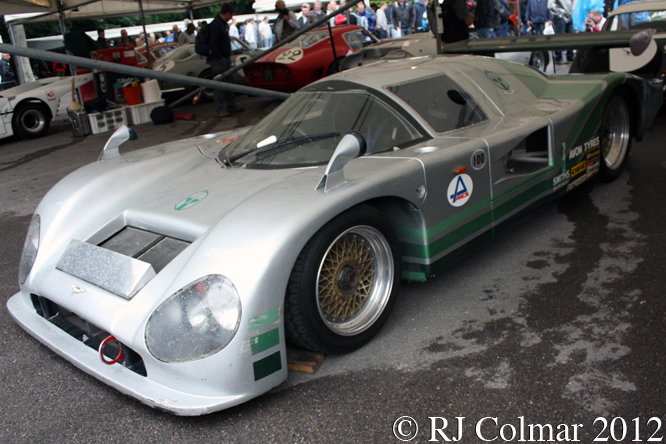
The Nimrod chassis tubs were certainly built by Lola, they were known in the Lola factory as T385’s and the cars do appear to bear a familial resemblance to the smaller open Lola T380 of the type Alan de Cadanet purchased in 1975. The heavily modified Aston Martin V8’s were prepared initially by Aston Martin Tickford and later by Aston Martin Lagonda.
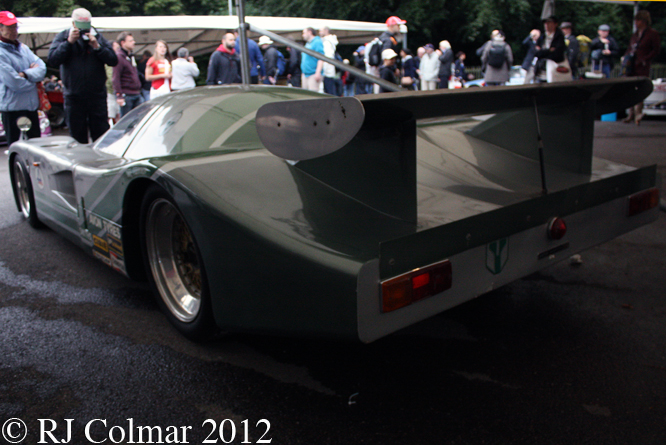
It is believed that the 1981 car, seen here at the Goodwood Festival of Speed, belonging to the Louwman Museum is the rebuilt wreck of the prototype that crashed before ever turning a wheel in open competition, that was never raced subsequently either.
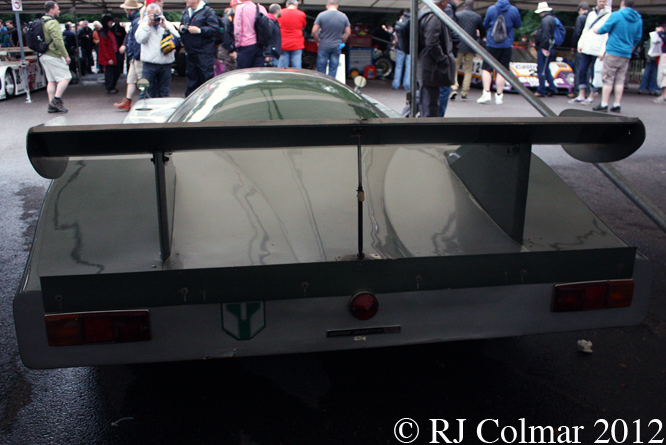
The Nimrods turned out to be underfunded and inevitably disappointed, the works cars best result, in second generation NRAC/2 guise that appeared in 1982, was a 5th place finish in the IMSA GTP series which fell to Reggie Smith, Lyn St. James and Drake Olson in the 1983 Sebring 12 Hours. At the end of the season Nimrod Racing folded.
The best Nimrod finish in the World Sports Car Group C series fell to Ray Mallock and Mike Salmon on the Nimrods debut at the 1982 Silverstone 6 Hours. This private entry by Viscount Downe was independently developed by Ray Mallock until 1984 and proved quicker and more reliable than the works entries scoring the marques only Le Mans finish in 1983 when Ray and Mike were joined by Simon Philips and finished 7th from 23rd on the grid.
In 1983 for the Daytona 24 Hours Nimrod manged to team up both 4 time Indy 500 winner and one time Daytona 500 Winner AJ Foyt up with fellow Daytona 500 winner and three time NASCAR Cup winner Darrell ‘Jaws’ Waltrip and an unknown Argentinian Guillermo Maldonado with Darrell’s sponsor Pepsi in their lead #11 car.
They qualified 13th, but retired with engine failure to be classified 54th. AJ who had not driven the car in the race moved over to join Preston Henn in the Henn’s Swap Shop Porsche 935 and shared a victory with Preston, “Brilliant” Bob Wollek and Claude Ballot-Lena.
Thanks for joining me on this “Wrecked Prototype Revived” edition of “Gettin’ a li’l psychoontyres” I hope you will join me again for Maserati Monday tomorrow. Don’t forget to come back now !



